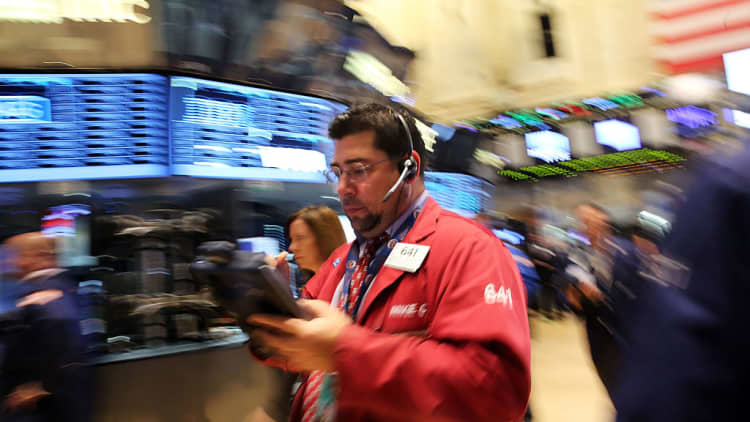
Investors are pulling billions from the stock market, and for widely followed strategist Jim Paulsen, that's a good sign.
For 10 straight weeks a total of $30 billion has left U.S. stocks, according to a recent report by Bank of America Merrill Lynch. It marks the longest streak of outflows since 2004.
"I really like the fact that there is quite a bit of bearish indication among most out there, or at least a high degree of caution, which I think allows this market a foundation to continue to climb a wall of worry," the chief investment strategist at the Leuthold Group said in an interview with CNBC's "Power Lunch" on Friday.
Michael Jones, chief investment officer at RiverFront Investment Group, agrees that this kind of sentiment is what gives the bull market some additional life.
It's when there is euphoria and money pouring into the market that bull markets typically end, he told "Power Lunch."
"We've had a good earnings season and that's helped address some of the stretched valuations," Jones said. "And importantly, when you've got a strong trend and pessimistic investor sentiment that's been a really good sign for returns over the next 90 days or so."
He believes the pessimism stems in part from the "fairly anemic" economic growth, which makes people feel uneasy.
However, Jones pointed to the fact that recent data from the San Francisco Federal Reserve shows the underlying wage growth for people in the workforce is now at about 4 percent.
"That's suggesting that we're finally starting to get a better underpinning to the overall economy. Better growth will mean better attitudes on the part of investors," Jones said.
— CNBC's Evelyn Cheng contributed to this report.


